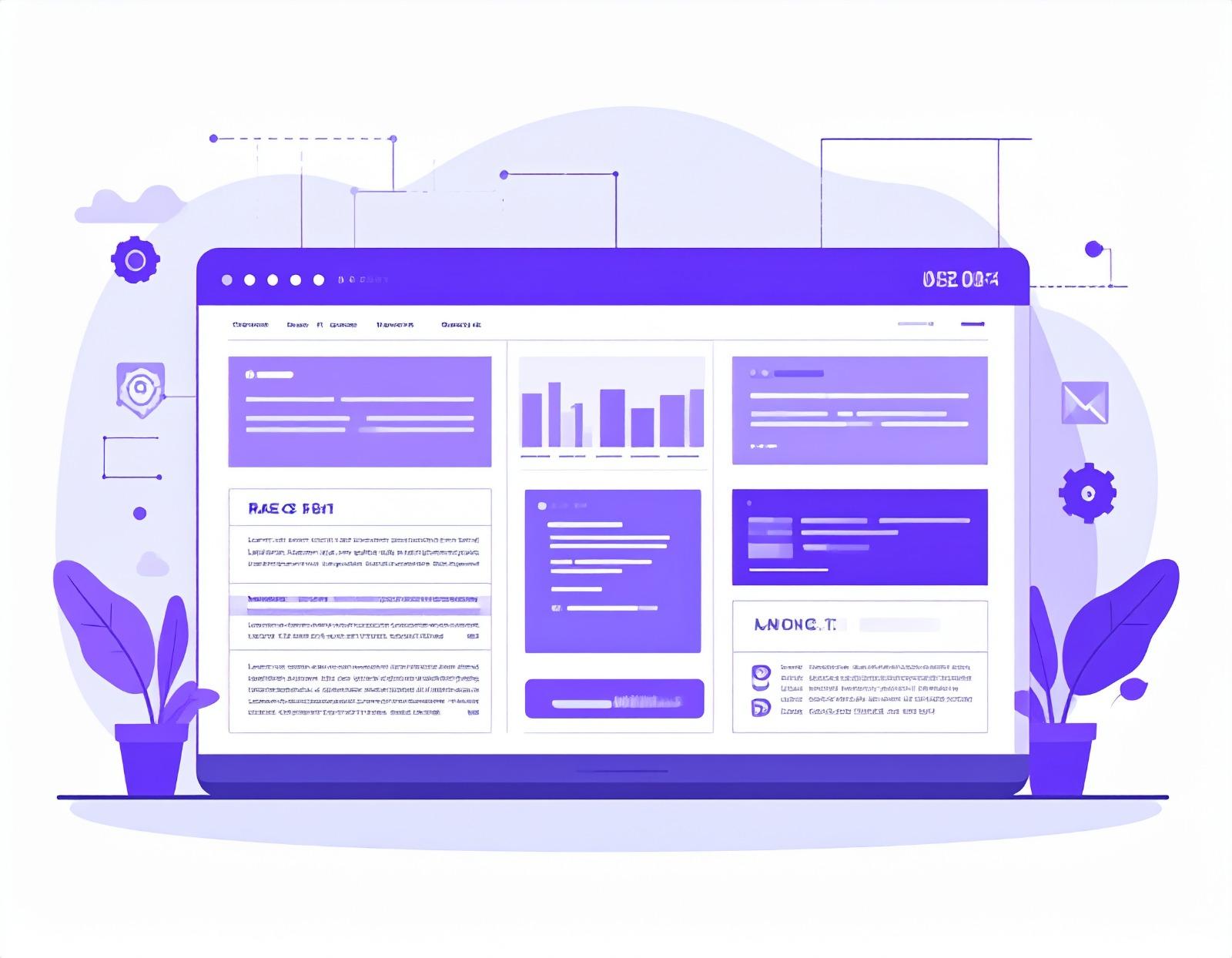Posted At: Oct 13, 2024 - 2,170 Views

Content (Formatted for CMS Editor)
Introduction
If you want your website to show up on Google, you need on-page SEO. It’s the process of optimizing individual web pages to rank higher and earn more relevant traffic in search engines. In 2025, on-page SEO isn't just about keywords—it's about structure, experience, and intent.
Whether you’re running a blog, service business, or eCommerce site, mastering these core practices can mean the difference between page 1 and page 10.
1. Start with Keyword Research
Keywords are the foundation of SEO. But instead of targeting single words, focus on long-tail keywords and search intent.
🔍 Use tools like:
Google Keyword Planner
SEMrush
Ahrefs
Ubersuggest
Ask: What is the user really looking for? A keyword like “buy budget smartwatch online India” is far more valuable than just “smartwatch.”
Group your keywords into:
Primary keyword (main focus of the page)
Secondary keywords (supporting topics)
LSI keywords (related terms Google expects to see)
2. Optimize Titles and Meta Descriptions
Your title tag is the most important on-page SEO element. It should:
Include your primary keyword (ideally at the beginning)
Be under 60 characters
Be compelling to increase CTR
Your meta description should:
Summarize the page in under 160 characters
Contain your keyword naturally
Include a call-to-action like “Learn how” or “Explore now”
Example:
Title: Best Digital Marketing Tools in 2025 | BoomXMedia
Meta: Discover the top 10 marketing tools to grow your business in 2025. Updated list with pros, cons & pricing!
3. Use Header Tags Properly
Search engines (and readers) need a clear content structure. Use header tags (H1–H6) to organize information.
Use H1 for the page or post title (only once)
Use H2 for major sections (like “Benefits” or “How To Use”)
Use H3–H6 for subpoints under those sections
Don’t skip levels (e.g. H1 → H3 without H2) and don’t overuse keywords—write headers naturally.
Tip: Add relevant keywords to your headers where it fits naturally, especially in H2s and H3s.
4. Optimize for Mobile and Page Speed
Google uses mobile-first indexing, meaning it ranks your mobile version first. Make sure your site:
Is fully responsive on all devices
Has text and buttons that are readable and tappable
Loads in under 3 seconds
Use tools like:
Google PageSpeed Insights
GTmetrix
Lighthouse
Speed Tips:
Compress images (use WebP or JPEG)
Enable lazy loading
Minify CSS/JS files
Use a reliable CDN (Content Delivery Network)
A fast, mobile-friendly site not only ranks better but also keeps users engaged longer.
Conclusion
On-page SEO is the foundation of all digital success. You can’t build a house without a solid structure—and the same goes for search rankings. By focusing on the basics—keywords, metadata, structure, and user experience—you’ll set your site up for long-term growth.
At BoomXMedia, we specialize in building SEO-optimized websites from the ground up. Whether you're starting fresh or auditing existing content, our team can help you achieve sustainable rankings.
